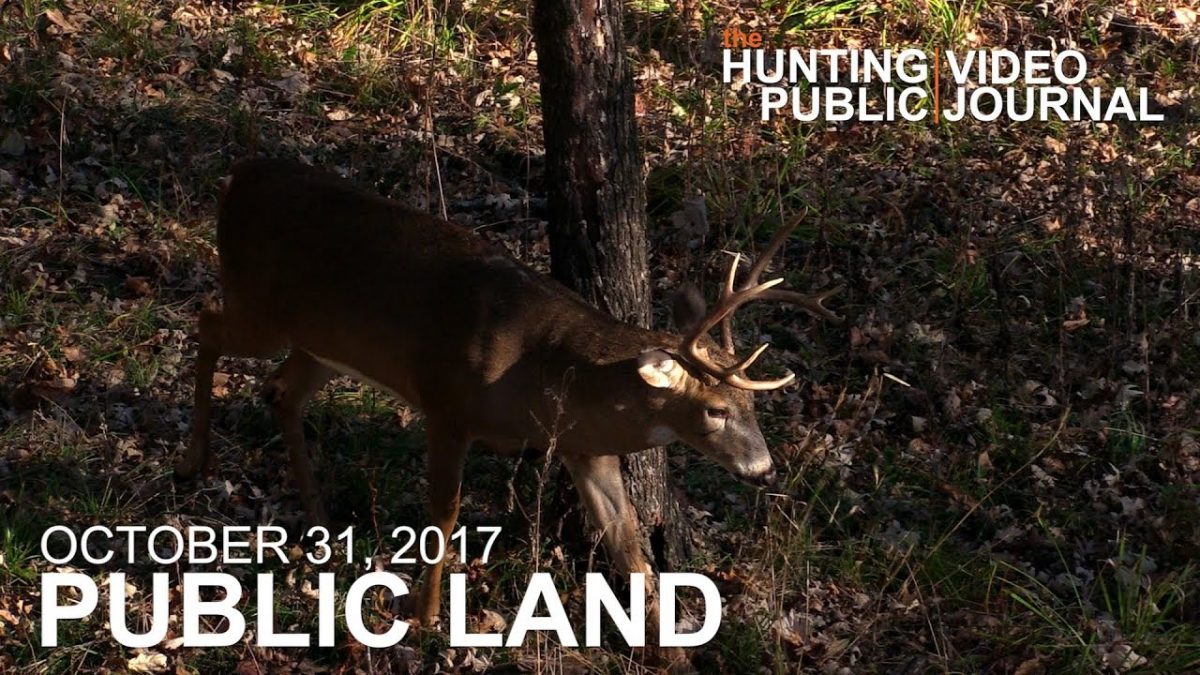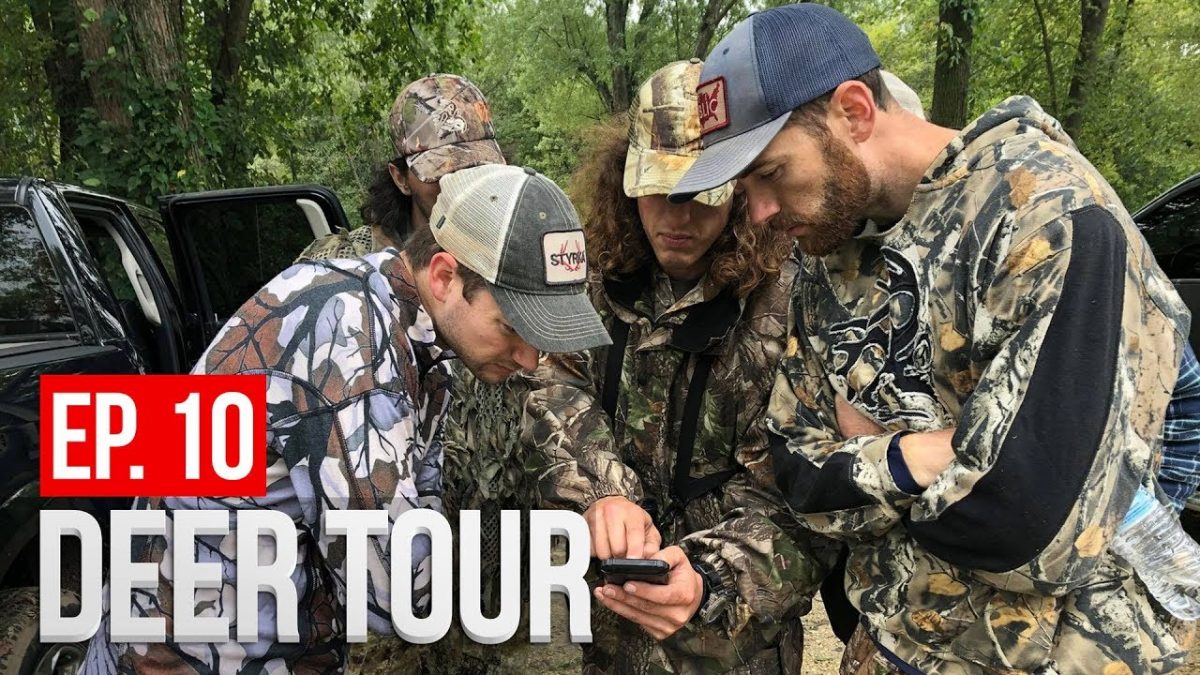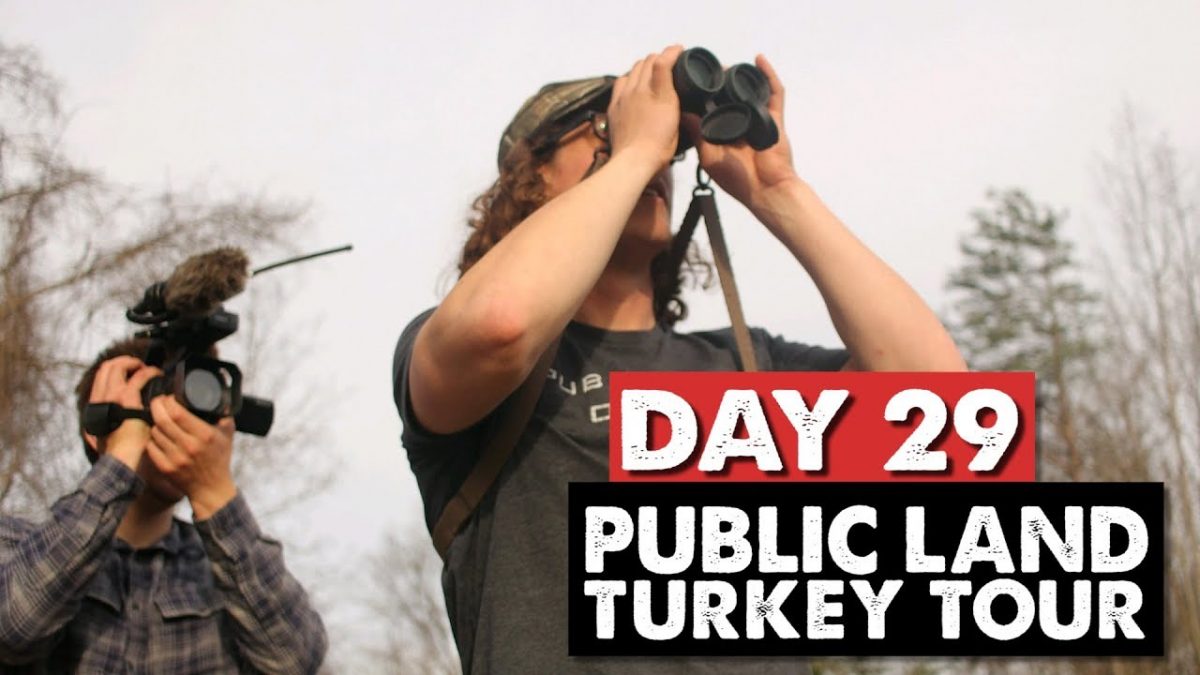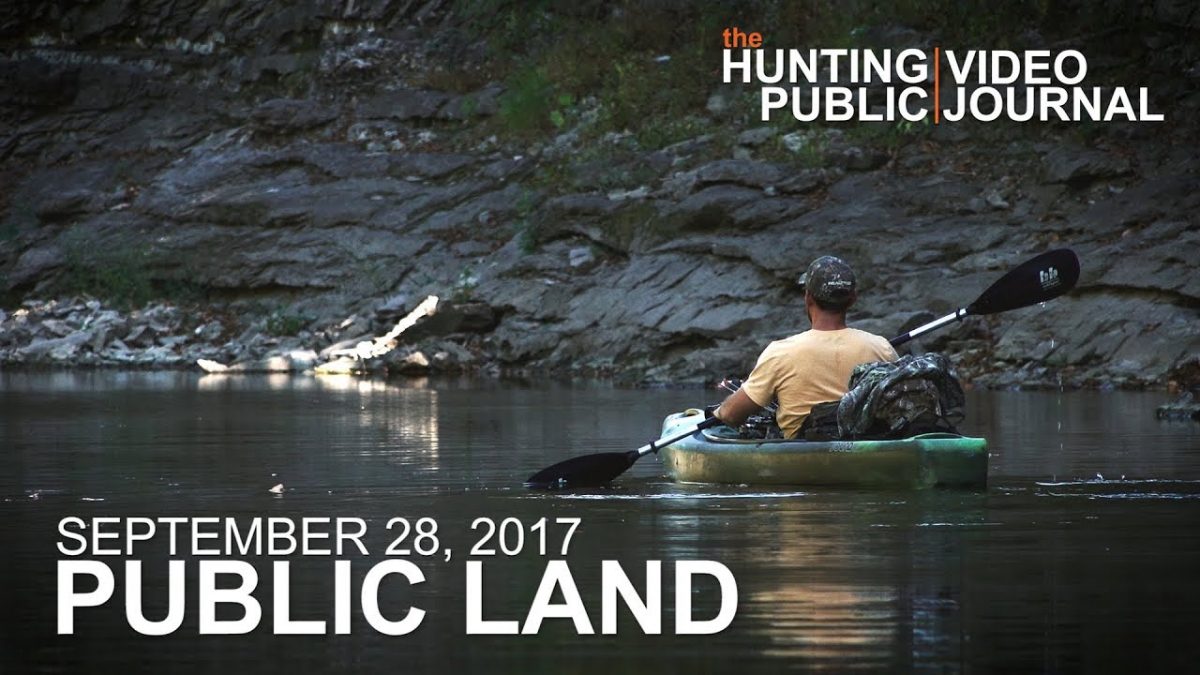5 Tips For Buying Hunting Land

1) Location, Location, Location
There’s a reason this is a cliche. You need to be sure your land has enough distance from any cities but not be so far out that travel is prohibitive. You have to keep your travel expenses in mind when factoring buying costs. We suggest something three hours or less away. That lets you leave in the early morning, hunt through the day, and then get home the same day. In fact, many of hunting plots with such specifications can be found on websites like LandCashin. This works well for hunting spots without cabins built yet. Also consider how close motels or hotels are, given you might have sudden overnight stays where you want to track wounded animals.
2) Layout Of The Land
In terms of the layout of the land, you should consider the traffic patterns of both deer and humans on that land. If you decide to put a cabin on your hunting lot, be sure you have a spot that is level and dry so it can accommodate that. The ideal cabin location will be near the road; that way, you don’t spook deer anytime you’re driving in or out. Placing your cabin smack in the middle of a hunting property doesn’t make much sense, unless you have priorities other than hunting. You also need to think about whether or not you’ll add food plots and if machinery can access any areas you need them to. Buy surplus equipment to keep costs down.
3) Food Sources
Deer must have access to both water and food to survive, and these hold true all year long. With some limitations, you can both for them. In regards to food, look for the right plants and trees while you walk the land. Working with what is already in place is easier than adding such resources later on, which takes money and time. Whitetail deer respond well to low-hanging fruit, brushy shrubs, perennial wood plants, and leafy vines. In general, they love brush-style vegetation. In most states, this kind of diet accounts for much of deer diets. Fruit from bushes and trees are also useful, such as hickory tree nuts and oak tree acorns. Many places across the country also feature fruits and berries known to grow sporadically. You can also think about weeds and herbaceous plants, such as broadleaf plants which flower. Further down the list would include grass-like plants and actual grass itself. Finally, field food sources might come from adjoining farm fields or even your own food plot.
4) Water
After food, water is the next most crucial factor for any land designed for deer hunting. It’s not something you must have, but at least having a water source on an adjoining property you’re neighbors with would prove useful. You can put a water pond in, but that’s expensive having water tanks hauled in. You can also dig a pond or even a well, but these too cost money. Any water features will have to be added to your overall purchase costs when making a buying decision.
5) Cover
Deer have to have cover when it’s daylight out. Tall grasses, heavy brush, and even thick swamp all work. If there are many bushes, then hinge-cut some trees. This is where they’re cut around 4 feet above the soil before being left to stump. This works well next to open fields. Pine trees in groups also work, because they have pine needle bedding and low-lying branches. Swampland and tall grass are places deer love lying down in.
Published in Hunting / Fishing




